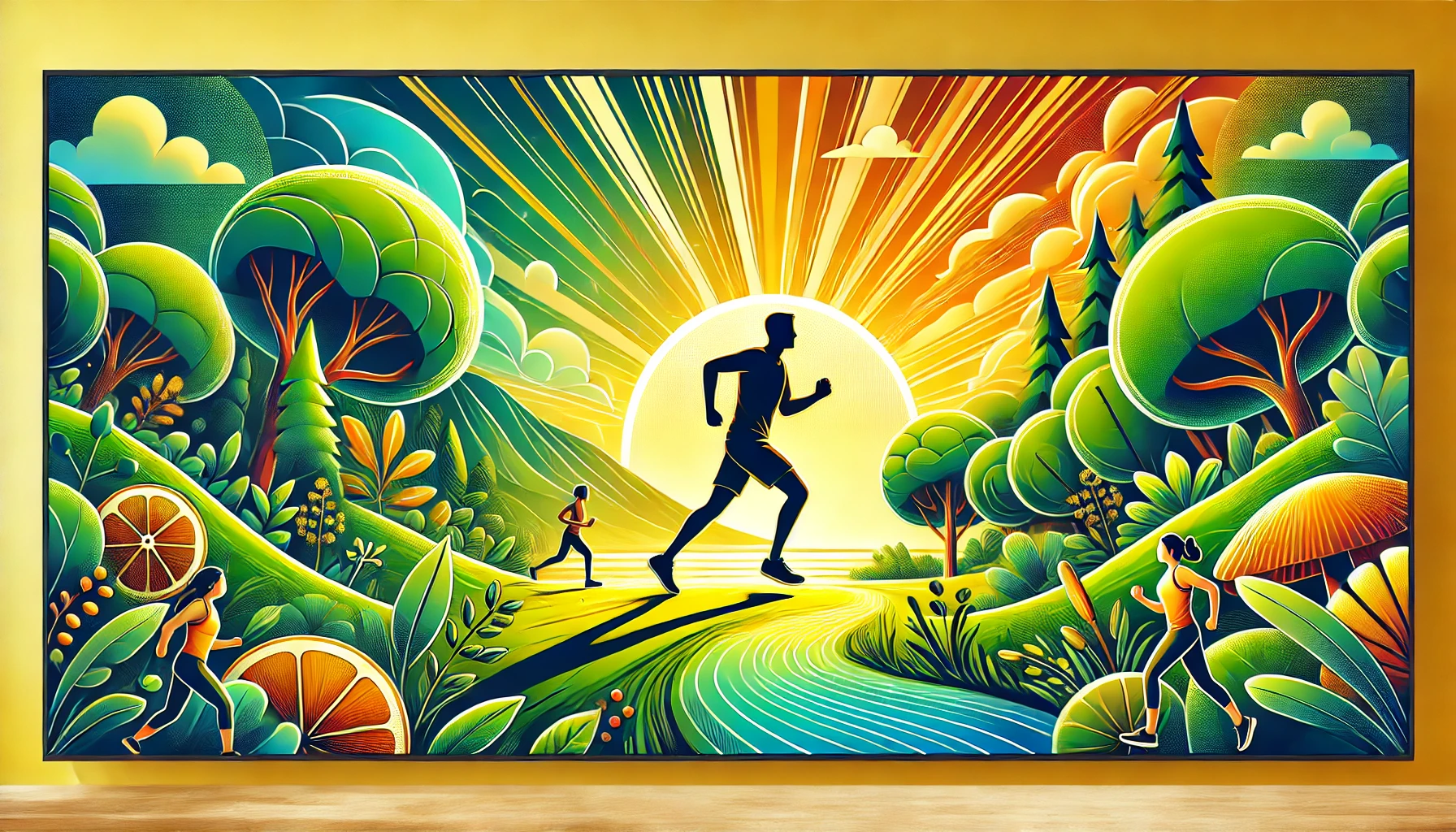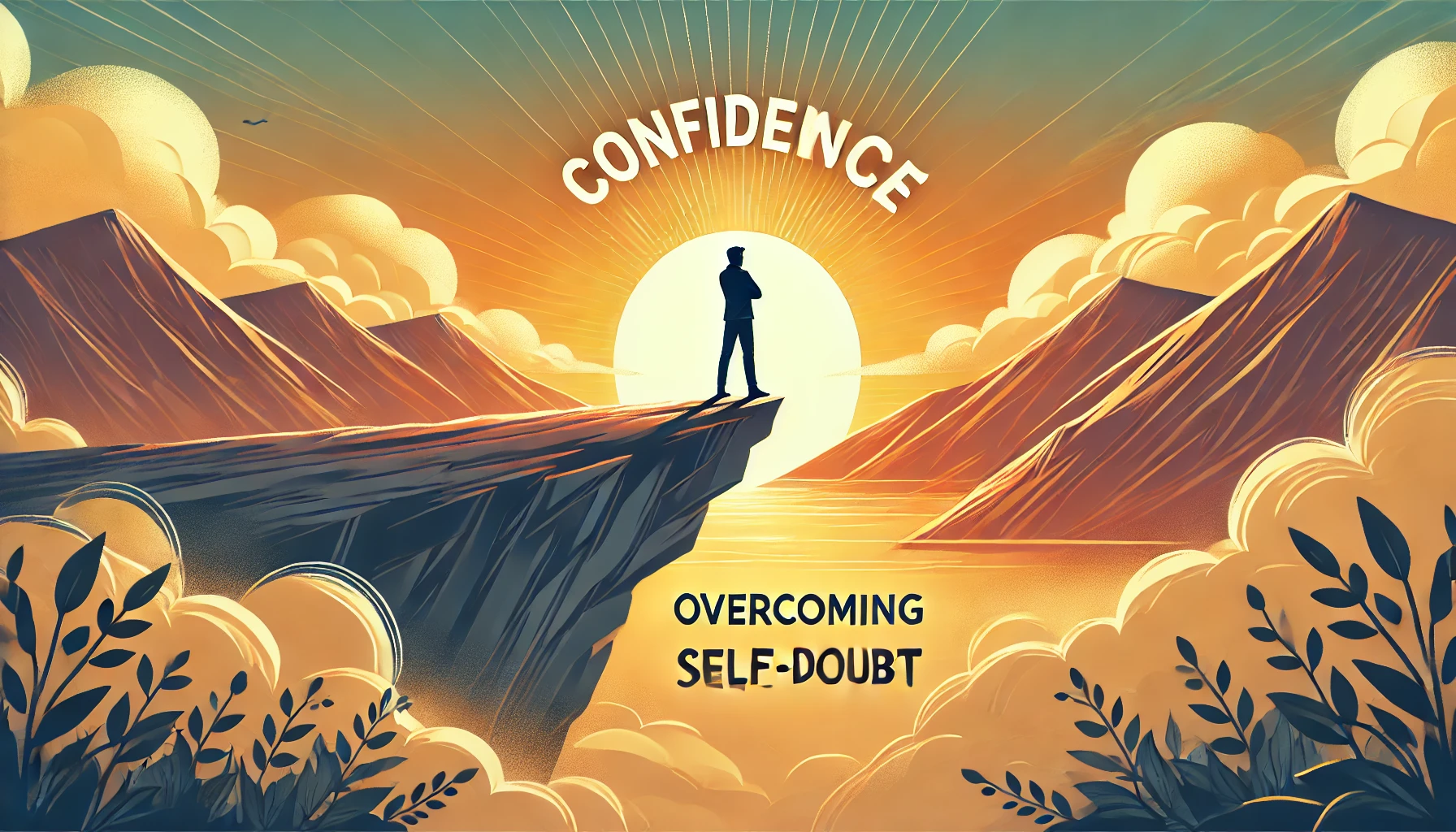
Introduction: Movement as a Way of Life
In a world where modern conveniences have made life more sedentary, movement has become an afterthought rather than a natural part of daily life. We sit for hours at desks, take cars instead of walking, and unwind in front of screens instead of stretching our bodies. But our bodies are designed to move, and a lack of daily activity takes a toll on our physical and mental well-being.
Contrary to popular belief, staying active does not require a gym, expensive equipment, or strict workout routines. Movement is already woven into daily life—walking, stretching, standing, and even dancing to your favorite song all contribute to an active lifestyle. The key is to embrace movement as a habit, something that flows effortlessly into your day rather than feeling like a chore.
The Science of Daily Movement
Unlike structured workouts that require dedicated time and effort, daily movement integrates seamlessly into life. Research shows that consistent, low-intensity movement throughout the day is just as beneficial as intense exercise in improving health. People who engage in frequent, moderate activity experience higher energy levels, better posture, and improved circulation—without ever stepping into a gym.
Movement doesn’t just keep the body in shape; it also stimulates brain function, boosts mood, and reduces stress. When you move, your body releases endorphins, the natural "feel-good" chemicals that enhance happiness and reduce anxiety. The simple act of taking a walk outdoors can clear the mind, boost creativity, and improve concentration—something that even the best gym session can’t always provide.
Embracing a Naturally Active Lifestyle
A truly active lifestyle isn’t about finding time for fitness—it’s about making movement part of everyday life. Instead of viewing activity as something separate that requires special effort, it can be built into the simplest daily routines.
Walking: The Most Underrated Form of Movement
Walking is the foundation of movement. It is accessible, low-impact, and incredibly effective in maintaining overall health. Many of the world’s healthiest populations, including the famously long-lived communities in Blue Zones, incorporate walking into their daily lives without ever considering it exercise.
A short morning walk wakes up the body and mind, setting the tone for the day. Walking after meals aids digestion, regulates blood sugar, and prevents sluggishness. Even pacing around the house while talking on the phone counts as movement that keeps the body engaged.
Stretching: Reconnecting with Your Body
Flexibility and mobility are often overlooked but are essential for preventing stiffness, improving posture, and reducing the risk of injury. Stretching doesn’t require a mat, yoga studio, or lengthy routines—it can be as simple as reaching for the ceiling after waking up or rolling the shoulders after sitting for too long.
A few intentional stretches first thing in the morning loosen tight muscles, prepare the body for movement, and create a sense of energy and readiness for the day. In the evening, stretching before bed relaxes the body, releases tension, and signals the brain that it’s time to wind down.
Household Activities: Movement in Disguise
Many daily tasks naturally engage muscles and promote movement, even if they don’t feel like exercise. Cleaning, gardening, carrying groceries, and organizing the home all involve bending, lifting, stretching, and walking—essential movements that keep the body strong and active.
Rather than dreading chores, approach them with an active mindset. Scrubbing the floor, vacuuming, and rearranging furniture all provide low-impact strength training disguised as everyday tasks. The more intentional the movement, the greater its benefits.
Dancing & Spontaneous Movement
One of the most joyful ways to incorporate movement into daily life is dancing. Whether it’s swaying to music while cooking, having a dance break in between work, or joining a community dance class, movement through music engages the whole body while boosting mood and creativity.
Dancing is more than just fun—it improves coordination, increases heart rate, and enhances balance. It’s a movement form that requires no structure or skill—just enjoyment.
Taking Breaks from Sitting
One of the most damaging modern habits is prolonged sitting. Whether working at a desk, watching TV, or scrolling through a phone, hours of inactivity slow metabolism, weaken muscles, and contribute to poor posture.
Breaking up long sitting periods with simple movements—standing, stretching, or even walking around the room—prevents these negative effects. A simple habit, such as standing up every 30-60 minutes, can counteract the effects of sedentary living.
The Power of Small, Consistent Movement
The beauty of daily movement lies in its effortlessness. When movement is seen as a natural part of life rather than a task that requires time and effort, it becomes sustainable.
Those who embrace daily movement experience:
✔ More energy throughout the day
✔ Better flexibility and mobility
✔ Reduced stiffness and pain
✔ Stronger muscles and bones
✔ Improved mood and stress relief
The key to staying active isn’t in forcing long workouts—it’s in making movement a seamless part of everyday life. Whether it’s stretching in the morning, walking after meals, dancing to a favorite song, or simply taking the stairs instead of the elevator, movement is always accessible.
Final Thoughts
Fitness doesn’t have to be confined to a gym, and exercise doesn’t have to be intense to be effective. Movement is already all around us, woven into the moments of everyday life. By embracing small, frequent movements, anyone can stay active, improve health, and feel better—without ever stepping into a gym.
The next time you feel the urge to sit still for too long, remember that movement is a gift. Stretch, walk, dance, or simply stand—and experience the power of daily movement.
🌿 How will you add more movement into your day today?











